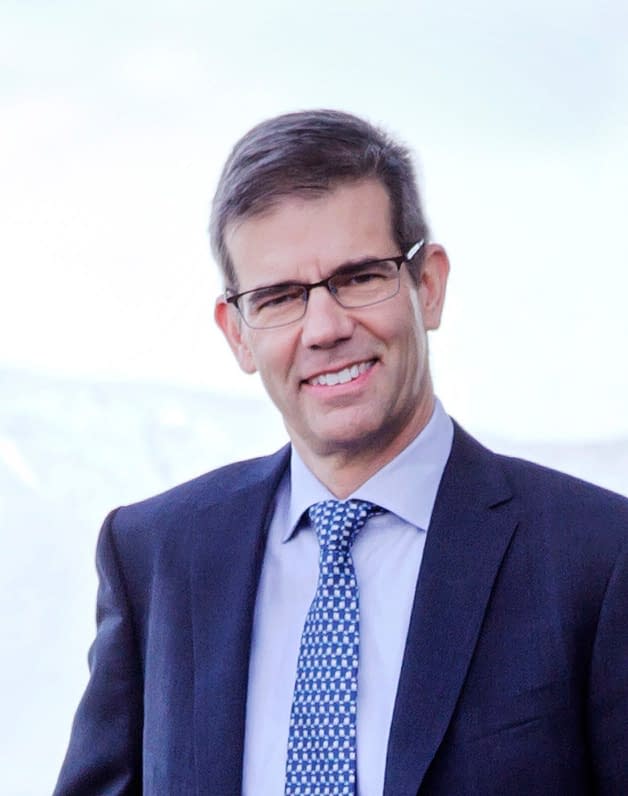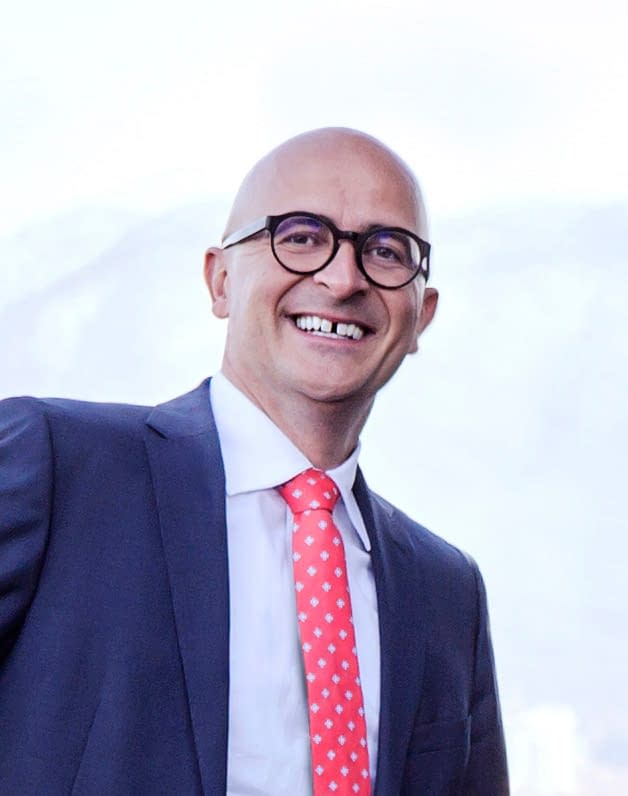This article first appeared in inspect magazine, March 2018
inspect: Two people as experienced as yourselves – what was the reason for founding another new camera manufacturer (as there are some in the market already…)? What´s the “vision” behind LUCID Vision?
Rod Barman: We are seeing a major shift in the industry driven by many emerging technologies such as IIoT, AI, Deep Learning, Embedded Vision etc. It is an exciting time and opportunity to be part of this new era of industrial production where machine vision will play a central role in smart manufacturing, but also in many new applications outside of the factory. We are fortunate to have a highly experienced team who shares a common vision and a true passion for the machine vision industry.
We describe our vision simply as “5 in 5” which means that we aim to be one of the top 5 camera suppliers within 5 years and become an established vendor on a global scale. But ultimately, we would like our customers to know us for innovative, high quality products that provide real value to them, and in the long run to trust us as a competent partner for Industry 4.0 imaging technology.
inspect: What exactly does “LUCID” in your company name stand for?
Rod Barman: Lucid means that we are a clear and transparent company, easy to work with and precise in the things we do, bringing new light into the machine vision industry. Lucid has of course also something to do with our products and means “seeing clearly”. We want to take digital imaging to the next level by designing cameras that push the boundaries of imaging performance and introduce new sensing technologies such as polarization, multispectral etc. that help to see more clearly.
inspect: Looking at your target group: who are your potential customers, and which are the industries and applications you are targeting?
Torsten Wiesinger: We are targeting a broad range of customers in factory automation, intelligent traffic systems, medical and scientific, agriculture, logistics etc. who need flexibility and are looking for more unique features than what’s currently being offered in standard products. Our goal is to leverage unique sensor technologies to address different market needs. We want to introduce technologies that will help transform our customer’s vision system and realize the tremendous potential of Industry 4.0.
inspect: In terms of distribution, will you be looking at the Canadian/ North American market first, or are you planning to go global right away?
Torsten Wiesinger: Going global has been our mission from the beginning. We have four Sales regions at this point: North America, EMEA, China and APAC and they are managed by Regional Sales Managers with many years of experience in the machine vision industry. By the way, we are actively looking to hire new employees for our teams in Sales, Engineering and Customer Support.
inspect: Lucid’s technology is mainly based on two interface standards: GigE-Vision (hardware) und GenICam (software). What was your thought when choosing both, and are you looking to support additional interfaces in the future?
Rod Barman: We will continue to follow the path of Gigabit Ethernet and are looking at other Base-T networking interfaces. Vision applications where devices are closely packed together can fall victim to different levels of interference. Unlike other interfaces, such as USB 3.1, which can respond to interference or interfere with services operating in the 2.4 GHz range, Ethernet operates at a much lower frequency making GigE Vision cameras and Ethernet components unlikely to respond to interference or interfere with wireless devices. Ethernet also has the benefit of longer cable lengths, power-over-Ethernet and low emissions with shielded cables.
GenICam has helped the industry standardize camera features and create a unified API for 2D and 3D imaging. This allows customers to design hardware agnostic software applications and allow them to choose cameras that best fit their needs. The standard is continuously being updated to meet the evolving application needs of the machine vision industry. Supporting GenICam with our cameras ensures that we are providing the most cutting-edge technology to our customers.
inspect: Does your product portfolio demonstrate particularly unique selling propositions apart from the before-mentioned interfaces?
Torsten Wiesinger: As of today, we have the world’s smallest GigE PoE camera in the market called Phoenix, measuring only 24×24 mm. In addition to its micro-compact size, the Phoenix camera offers a transformable form factor allowing it to be used in various orientations e.g. 90-degree or 180-degree. Featuring NF-mount and lens options, it provides an even smaller footprint compared to C-mount lenses, as well as an ix Industrial™ Ethernet connector which takes 70% less space than RJ45 sockets.
In addition to the hardware technologies in our portfolio, another big differentiator will be the software. Here we will have several exciting features on our roadmap which will support our strategy for Industry 4.0. One other thing to mention here is that as a new company, we do not have the burden of supporting legacy products which will open up new opportunities for us to design products that leverage leading-edge technology and to create the most value for our customers.
inspect: One maybe a little indiscreet question (due to the vicinity to Point Grey in Vancouver): Where is the Lucid team recruited from? Are there rather young potentials or experienced staff? (Bearing in mind, as a comparison, that in Germany we are suffering from skills shortage).
Rod Barman: Our staff is highly experienced, otherwise we wouldn’t have been able to build and demonstrate products within a year. We have employees from different backgrounds including former Point Grey, Sony, IDS Imaging and other technology companies with accumulated decades of combined experience inside the machine vision industry. As for myself, I was the original Founder, President and VP of Engineering at Point Grey for 19 years and directed Point Grey’s year-over-year growth into a worldwide leader of industrial cameras. Torsten brings over 15 years of experience from the machine vision industry and as many of your readers may know, he has been the CEO at IDS Imaging Development Systems for 6 years and more recently the Sales Director of MVTec Software GmbH.
With our combined inhouse experience, I wouldn’t consider ourselves a traditional start-up company. Yes, we are still a young company so that we can be faster and more flexible than the market leaders, but we are bringing the experience of a mature company to keep up with them in terms of stability, quality, product availability and commitment.
inspect: It was nearly a year ago that the company was founded, and you have already launched two camera series, plus an own SDK. How was this made possible so quickly?
Torsten Wiesinger: As mentioned before we hired very experienced people who all share the same vision. Our technology and IP have been developed at Lucid from the ground up by our engineers who are passionate about building unique and innovative products to help customers solve their design challenges. It´s also important not to start alone of course. In every discipline you need to have good and experienced people.
inspect: Which role does embedded vision play for LUCID?
Rod Barman: We see the current embedded vision trend as one step towards the ultimate goal of seamlessly distributed vision processing both at the edge and in the cloud. We have more plans around embedded vision and Industry 4.0 that are different from our competitors. But that will not be unveiled at the moment.
inspect: Looking at 2018´s upcoming industry highlights, such as The Vision Show in April and VISION in November – what can we expect from LUCID in the near future?
Torsten Wiesinger: Our initial focus is to expand our product pipeline with a range of resolutions and frame rates and offer unique camera features and capabilities. But of course, we’re already working on some exciting, new products that will leverage unique sensor technologies to address different market needs. Rest assured, there will be some ground-breaking technologies unveiled at the show floor.

 Support Center
Support Center


